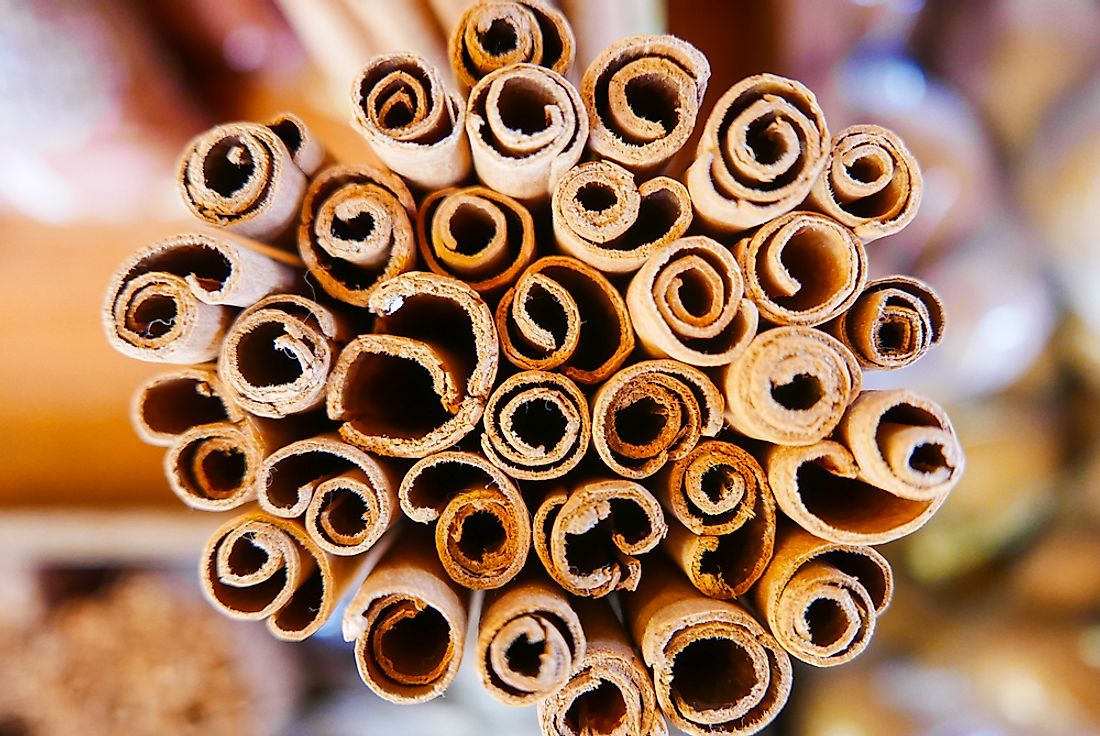What Are The Major Natural Resources Of Seychelles?

Seychelles is an African country in the Indian Ocean. It is an archipelago country and is made up of 115 islands. Its capital is Victoria. Despite a high Human Development Index, poverty is widespread in Seychelles due to the high level of economic inequality and unequal distribution of wealth.
Today, the economy of Seychelles relies on tourism, fishing, boat building, printing, beverages, furniture, and processing of coconut, copra, and vanilla. The following are the major natural resources of Seychelles.
Fish
Being an island, the major natural resource of Seychelles is fish. The fishing industry in Seychelles is a popular industry. The marine life of Seychelles constitutes more than 1,000 species of fish. These species reside both in the inshore coral reefs and the deep waters. Some of these species are protected and cannot be eaten.
Tuna is the most caught fish, making a very big export for the country. Besides, this economic zone encompasses one of the world’s richest tuna fishing grounds. The majority of the country’s revenue from fish exports comes from the export of Tuna. Apart from tuna, another important source of income is prawns. Other fish in the Seychelles waters are chicken fish, kingfish grouper, barracuda and red carp among many others.
Fishing accounts for about 8% of the total exports of Seychelles and 1% of the country’s GDP. In 2013, the main export products of Seychelles were processed fish and non-fillet frozen fish.
Wildlife
The wildlife in Seychelles is spectacular. 42% of the Seychelles territory is allocated for conservation. The country highly protects threatened species. The endangered species of Seychelles is the Seychelles magpie robin, Seychelles black parrot, green sea turtles, hawksbill and olive ridley.
Throughout most of recorded history, the islands of Seychelles were uninhabited. Human settlement on the islands threatened the loss of biodiversity. For instance, the granitic islands’ giant tortoise disappeared. The other species that became extinct following human settlement are the saltwater crocodile, Seychelles parakeet, and the chestnut flanked white eye.
Today, Seychelles is one of the world’s leading countries in wildlife protection. The country is home to more than 250 species of birds. Some of the birds unique to the islands are the frigate birds, Scops owl, blue pigeon, and sunbirds. The national bird of the country, the Seychelles black parrot is among the species protected.
Seychelles’ granitic islands are home to 75 endemic plant species. The Aldabra group is home to about 25 endemic plant species. Examples of the unique plant species in Seychelles are coco der Mer, jellyfish tree, and the Wright’s gardenia. Coco de Mer is a palm tree species found in the islands of Praslin and Curieuse. The jellyfish tree is found in few locations in Mahe while the Wright’s gardenia is only found on the Aride Island Special Reserve.
The unique animal species of Seychelles are Aldabra giant tortoise, species of the Seychelles giant tortoise, hermit crabs, freshwater crabs, and other crabs, and unique orchids. The freshwater crabs are found on granitic Seychelles. Seychelles also has the largest seabird colonies such as the sooty terns, fatty terns, and cattle egrets.
Tourism is, therefore, an important sector of the Seychelles economy accounting for 16.6% of the country’s GDP in 2000. The employment, foreign earning and other sectors of the Seychelles economy are dominated by the tourism industry.
Coconuts
Little natural forest remains in Seychelles. On the other hand, coconut plantations dominate the Islands. Coconut trees are indigenous to Seychelles. For centuries, the coconut palms have been a profitable industry in Seychelles. Many islands were deforested to grow coconut palms. During the colonial times, coconut cultivation for oil and copra was a reliable source of income and employment, with export of copra being the mainstay of the economy. Coconut products were exported to various parts of the world.
Over the years, the Seychelles coconut industry has become less dominant. Thanks to the high production costs and stiff competition from the tourism and manufacturing industries. Besides, competition for land and from other sectors renders less and less land available for future coconut plantations.
Most of the coconuts planted in the country are local Talls such as Coco Raisin, Coco le Haut, Coco le Rein, and Coco Bleu. Today, copra is a main export commodity.
Cinnamon Trees
Apart from coconuts, cinnamon is one of the prime agricultural products of Seychelles. Cinnamon was introduced in Seychelles in 1767 by French colonizers. In 1815, when the British took over the country, the cinnamon industry grew and flourished, providing a steady income for the landowners. Until 1950, the bulk of Seychelles cinnamon products were exported to the US followed by the UK and Europe.
Today, cinnamon grows semi-wild on Mahe, Praslin, Silhouette and La Digue. Major importers of Seychelles’ cinnamon products are the US, UK, and the Netherlands. Other markets are Spain, Germany, Japan, France, and South America.
Cinnamon together with other agricultural products such as vanilla and sweet potatoes provide much economic support to the locals.
Offshore Gas And Oils
Detailed studies and explorations indicate that Seychelles has abundant off-shore petroleum reservoirs that have not been discovered. However, to date, all exploratory and stratigraphic test wells in Seychelles have failed to find commercial hydrocarbons.











